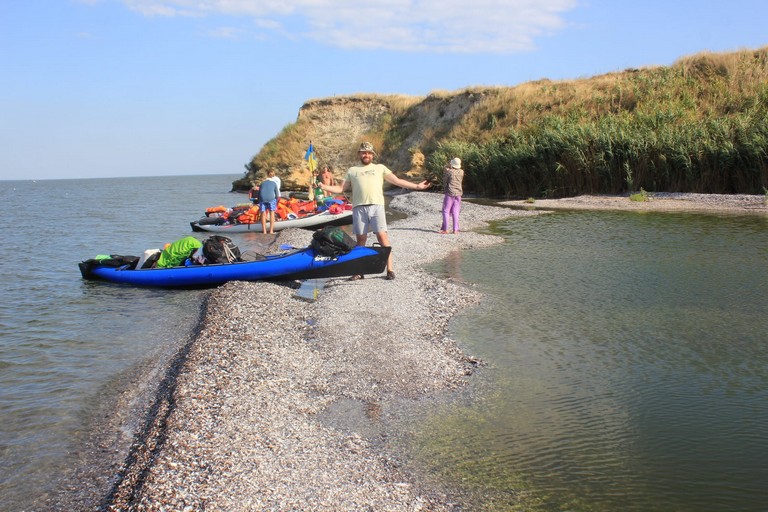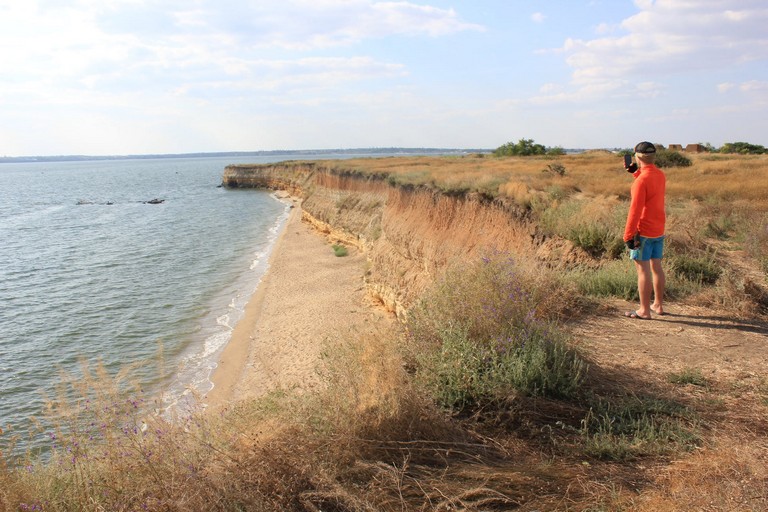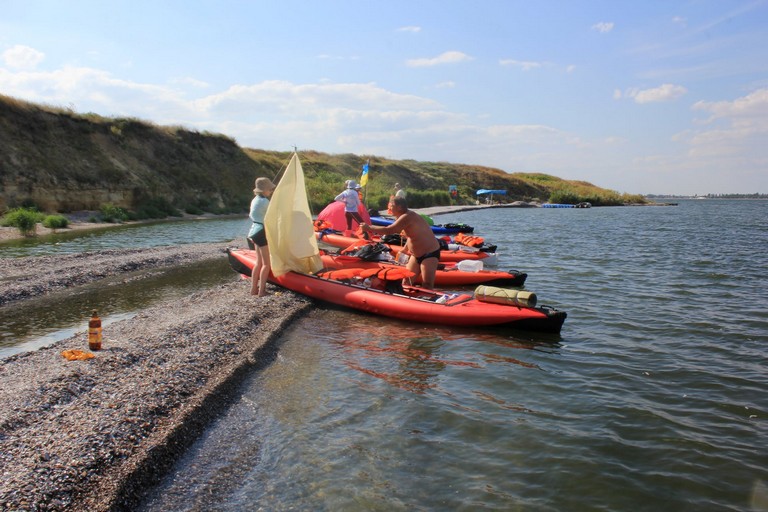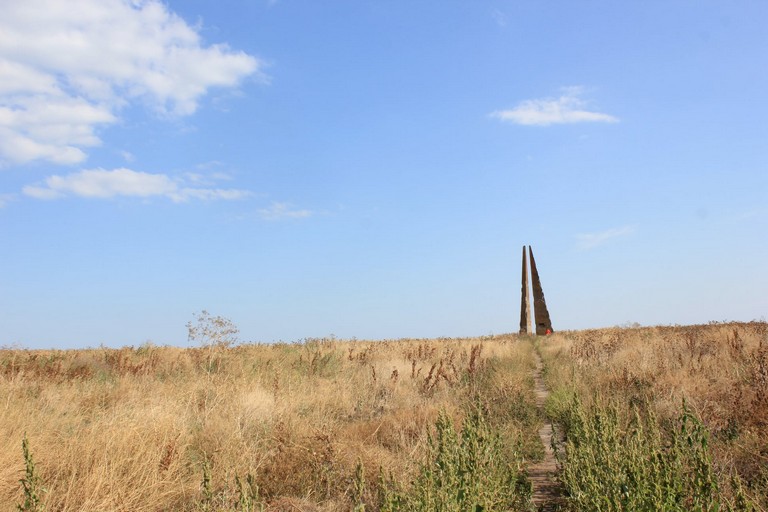Berezan Island is located in the northwestern part of the Black Sea, at the entrance to the Dnipro-Buh estuary, approximately 2 km from the village of Rybakivka in Mykolaiv Oblast and 12.8 km southwest of the city of Ochakiv. This makes it an interesting destination for kayaking, or visitors can opt for a guided tour by boat or sailboat.
The island is about 800 meters, with a width ranging from 200 to 400 meters, and covers an area of approximately 23.6 hectares. Its elevation reaches up to 20 meters above sea level. The island’s shores are subject to abrasion, leading to a gradual reduction in its size. The vegetation is mainly represented by xerophytic grasses and shrubs.

Historical Significance and Archaeological Research
Berezan is known for its rich history dating back to ancient times. In the 7th–6th centuries BCE, the ancient Greek settlement of Borysthenida existed here, considered the oldest Greek polis in the Northern Black Sea region. Archaeological excavations, ongoing for over a century, have uncovered remnants of dwellings, ceramics, and other artifacts that attest to the settlement’s active life. Among the findings are semi-dugouts and multi-room stone houses from the Hellenistic period, painted Ionian pottery, coins minted in Olbia, as well as Roman-period artifacts, including red-glazed ceramics and inscribed slabs.

In the Middle Ages, the island was known as Buyan and is mentioned in various historical sources. During the 14th–15th centuries, the island’s territory was under the control of the Grand Duchy of Lithuania and the Kingdom of Poland, and later, the Crimean Khanate. There was no permanent population on the island during this period.

In 1905, the Berezan Runestone—a Varangian runestone from the 11th century—was discovered on the island. It bears the inscription: “Grani made this mound in memory of Karl, his comrade.” This artifact confirms the presence of Varangians on the island and their interactions with the local population.
Monument to Lieutenant Schmidt
A monument to Lieutenant Pyotr Schmidt, one of the leaders of the 1905 Sevastopol Uprising, stands on the island. As a Tsarist officer, he led a rebellion demanding greater rights. After the uprising was suppressed, he was executed on the island. During the Communist era, Schmidt was turned into a revolutionary icon, and a monument was erected at the site of his execution.

Current State and Preservation
Today, Berezan Island is uninhabited but attracts tourists and researchers with its historical heritage and picturesque landscapes. It is part of the National Historical and Archaeological Reserve “Olbia”, which helps preserve and study its cultural and natural values.
Berezan Island remains a unique site where natural beauty intertwines with a rich, multi-layered history, making it an important object for scientific research and the preservation of Ukraine’s cultural and historical heritage.

